Don’t you wish you were one of those big businesses, with millions of dollars in their annual social media marketing budget? They can execute creative social network campaigns that you and I can only think of. Their content marketing teams are huge with an incredible assortment of talented people.
On the other hand, there are fledgling startups with limited media platforms and budgets to pour into the social networks. They generally consist of a group of passionate hustlers hungry to make an impact. Generally, they have a few thousand dollars in the content marketing budget, if that. But, they are ruthless and like to take action to take social media marketing by storm.
But, the cards are obviously stacked towards large businesses when it comes to throwing resources at social platforms.
Or are they?
Let me tell you a little something:
Social media doesn’t care about a business’ marketing budget.
It consists of users that regularly await interesting and amusing stories to show up on their social media feeds. As soon as a user sees a post on their media account with a story that’s relevant and that awes him – he puts the effort to share the story across his social network.
So, even small businesses manage to go viral on social media and put their brand in front of hundreds of thousands of people and take social media marketing by storm.
That’s why social media is a fertile marketing channel for an average Joe, like you and me. In the past, businesses have built an audience on social media by sharing entertaining, high-quality and useful content. Their audience goes on to share that content across their social media accounts and the rest is history.
The best part is that social media moves at an insane speed. Unlike SEO, with social media marketing you don’t need to wait for a long period to see results. Even one viral success on the social networks can be the growth trigger that your startup is after.
In this post, I want to show you 4 social media hacks and strategies. I’ll also share case studies of startups that have executed them. Let’s start with one of the first growth on social media hacks.
1. The viral YouTube video sensation
10 years ago, the internet wasn’t the centerpiece of our lives. Consumers mainly got exposed to new products through TV commercials, radio jingles, ads in print publications and the like.Content marketing was something completely different from what we know it as today.
It was a challenge for small businesses (especially, those starting out) to afford hundreds of thousands of dollars that they needed to produce and run commercials. Media accounts and budgets would be run into the ground.
So, small businesses missed out. Indeed, Entrepreneur.com points out that 79% of marketers were unaware of the term web 2.0, in 2006. Little did small businesses know that a new era of internet advertising was going to be handed to them.
A few smart business folks realized the importance of the growing media platforms. Maybe they read the November, 2006 MarketingExperiments.com report, stating that viral video marketing campaigns increase click-through rates by 750%.
One of them was Dr. Bob Wagstaff. After inventing the Orabrush tongue cleaner, he decided to create a TV infomercial to sell the product.
It set him back $40k.
The number of orders generated?
A measly 100.
But, Bob didn’t quit. On the recommendation of a local student, Jeffrey Harmon, he decided to advertise Orabrush on YouTube and listed the product online.
The first quirky video titled “Bad Breath Test – How to Tell When Your Breath Stinks” was produced with a $500 budget. Watch the hilarious commercial below.
The video went viral on social media (it currently stands at 27 million+ views). Orabrush kept experimenting with videos on the social media platforms and growing their YouTube channel.
And, in a year, a million dollars worth of Orabrushs were sold – all from social media exposure and a creative social media marketing campaign. In 2011, Orabrush struck a deal with Walmart to get their product distributed across 7000 stores.
A major factor that worked for Orabrush was that they were one of the first few businesses that banked on a social platform like YouTube advertising. As per their own estimates, Orabrush bought about 90% of YouTube’s inventory. It was hard to miss their videos on the media accounts.
For startups that took to social media marketing on YouTube later, the competition has increased. Still, with entertaining, useful and quirky content, you can stand out and build customers quickly when it comes to social media.
It’s likely that you’ve come across Dollar Shave Club (DSC) – they were recently acquired, for 1 billion dollars, by Unilever.
Do you know how they started selling their razor subscription service?
Through a hilarious video that attracted great attention and went viral on social media.
Within 48 hours of debuting their video on YouTube, 48k people had signed up for their service. Again, all because of creative social media marketing.
My second example is a company that helps you get more out at every washroom visit (literally). Meet Squatty Potty.
The business had a weird product used for an activity that people don’t like to talk about. But, Squatty Potty had health benefits. So, they decided to spread awareness for the product, by releasing an out-of-the-box video on social media accounts like YouTube and Facebook.
With over a million Facebook social media shares and 65 million views, Squatty Potty raised their sales by 600%. Sure you might feel slightly grossed out after watching the video, but their innovative social media marketing efforts paid off.
Which brings me to another startup that hilariously addressed the tabooed subject of menstruation. Hello Flo launched a tampon subscription service and had multiple viral hits that generated over 10 million viewers across the social media platforms.
Data on the improvement of their product sales isn’t available. But, Hello Flo managed to create an ad with edgy humor and a funny story that’s relatable for its audience. It was a brilliant attempt to clear the taboo around the discussion of periods and for its awesome content marketing – it made a splash on social media.
I am sure many viewers would have bought and recommended the Hello Flo subscription service.
In my last example, I want to introduce you to Chris Stoikos. He has built two viral businesses. In his first business, he built The CoolBox and raised $250k through an Indiegogo campaign. He kicked off the promotion of the product with a couple of Ads on the social media account – Facebook.
Chris went on to launch his second company, Dollar Beard Club. The name suggests that it’s a rip-off of DSC. Indeed, Chris spoofed the viral DSC video and developed his own unique brand narrative that the media platforms loved.
2. Impress gatekeepers with your products
Kurt Lewin is generally regarded as the father of social psychology. In 1943, he instituted an important theory that shows how information gets broadcasted after filtering. It’s called the gatekeepers theory.
The theory was meant to determine the dissemination of information in the mass communication world. The gatekeepers decide the information that you’ll read and when you’ll read it.
Mihaly Csikszentmihalyi created a similar model that demonstrates how creative work is transmitted. If you want, you can read the detailed explanation of domain, field and person in this article by Jeff Goins. Essentially, it defines if a work is authoritative and worthy.
In the internet-driven information world, the authority to guard information isn’t limited to traditional gatekeepers.
Then, why did I introduce you to these theories? What do they have to do with social media hacks, content marketing, and social media ads?
Because, in essence, a few people continue to rule every field on social media. They can help you put your work in front of thousands and even millions. I am talking about social media influencers.
Your talent and the hard work that you put in to create an innovative product is only half of the equation when it comes to the social media platforms. You also need to market your stellar product so that it reaches your target audience. One of the most popular, creative, authentic and personal forms of social media marketing is influencer marketing.
A great example of a brand that leveraged this kind of social media marketing is GNC. They leveraged influencers in various micro niches to grow their Facebook page, adding 383k fans and 60k Twitter followers.
Social platforms, like Snapchat and Instagram, are also ripe for recruiting influencers and social media stars. You should also consider people beyond your niche. People with a huge following on their social media accounts can be models, celebrities or any social media influencers.
You can read my personal Instagram influencer marketing study, where I generating over $330k in 3 months here. Let me share a few more examples.
UWheels is a great example of a brand that reached $1.2 million in sales through social media. Their main method of selling was getting models and celebrities to post about their product across their own social media accounts.
Similar is the story of a nutritional supplements company, Shredz. In 2012, they did $90k in revenue. To scale up, they partnered with social media influencers, like fitness model Paige Hathaway (who has 700k followers).
The result was almost $5 million in revenue, the next year. Mind you, they didn’t need outside capital and used only their 21 employees to achieve this feat. The company founder, Arvin Lal, shared that they grow their gross revenue by 15-20%, month-over-month. This is hugely a result of savvy social media marketing.
Shredz shares a few athletes that they work with on their website.
Mr. Lal sums up the tremendous opportunity on social media, for all kinds of businesses, in these words:
Social media is the driving engine; in the back-end, we are actually a marketing company. We just happen to enjoy fitness and see it as a market where you can make good revenue and help people.
The last example that I want to share with you is of email marketing company Convert Kit. From losing money, Nathan has taken the company to $318,000 in revenue, at 51% profitability.
Want to know how Nathan built the company from the ground up?
He did a lot of direct sales.
Here’s an example email that he sent bloggers who were using other email marketing services.
Indeed, most of his outreach emails weren’t cold, since he had a lot of connections in the industry. He convinced very successful bloggers, like Pat Flynn, Leo Babauta and Bryan Harris to use his product.
Bryan, Pat and other influential bloggers continue to do webinars with ConvertKit and recommend it to their followers. This is a good example of creative content marketing.
Pat Flynn has made over $10k in affiliate income through ConvertKit, every month since April. So, imagine the revenue that he alone has driven for ConvertKit!
3. Gamification with social media share buttons
80% of American houses have a video game device. Even adults love games. So, gamification is a no-brainer growth hack.
A famous startup that successfully pulled off the technique was Dropbox. They made it easy for users to share Dropbox with their friends. They even offered incentives, like a free 500 MB, to encourage referrals. This helped Dropbox increase their sign ups by 600%.
At their launch, they created scarcity, by throwing a huge invite-only event and even kept their service invite-only. Other people were offered a place on a waiting list.
To give a flavor of the product, Dropbox released a demo video. Within 24 hours, the video got over 10k Diggs and blew their waiting list up, from 5,000 to 75,000.
Next, Dropbox offered free space to people for connecting/following them on social media platforms like Facebook and Twitter.
Similarly, Groupon also offered incentives to users who referred their friends via social media platforms.
If you want to get started with gamifying your content, then refer to the techniques that I share in this Quick Sprout article.
4. Tease with interactive and engaging content
I know many of you startup warriors are in the building phase. Your product isn’t ready, yet and you hope it’s going to get a huge response.
Still, you know secrecy and mystery attracts people, especially on the social media platforms. This could be because news is shared so readily on these media accounts, that a little mystery captures the eye.
Meet one of the world’s hottest startups:
Magic Leap.
They are building an augmented and virtual reality system. But, it’s under wraps and they haven’t announced a launch date.
So, why are they getting covered by the media? And, how have they built over 36k followers on media platforms Twitter and over 66k fans on Facebook?
Because mysticism gels well with social media.
Plus, they share engaging and interactive content on social media.
Haven’t I already mentioned that building an audience, before launching your business, is a great social media marketing strategy?
Build your tribe by posting engaging content on social media.
Conclusion
Understand your audience when it comes to the best social media hacks. Be unique with your content marketing and your social media marketing plan. Share engaging and high-quality content and create great social media ads. Build relationships with social media platform influencers. Incentivize sharing. Create anticipation. Rinse and repeat.
That’s how I would sum up the four techniques that I’ve shared in this article. I Hope that the examples and case studies got your creative juices flowing.
Now, I want to hear your social media hacks. Would you mind sharing them with me in the comments below?



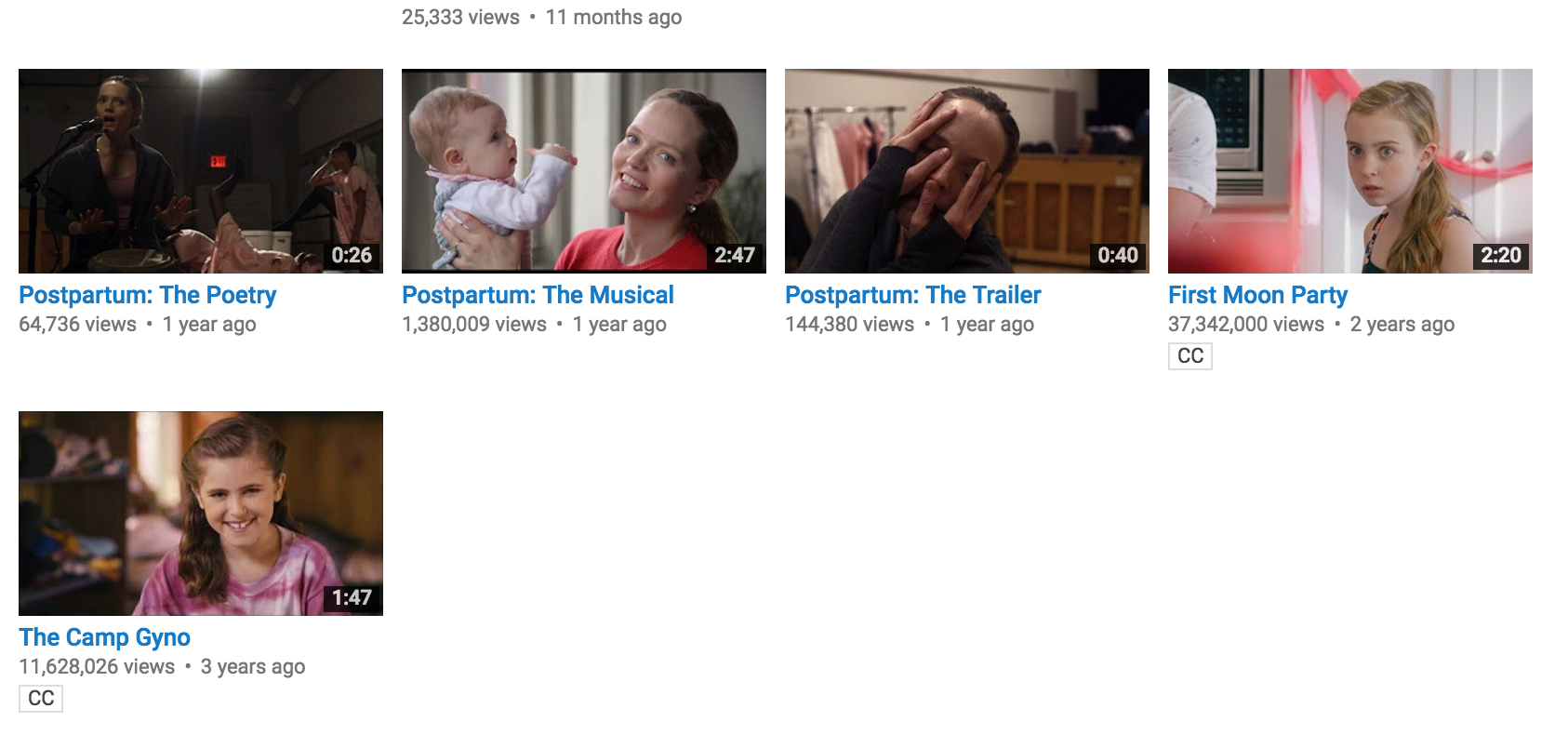
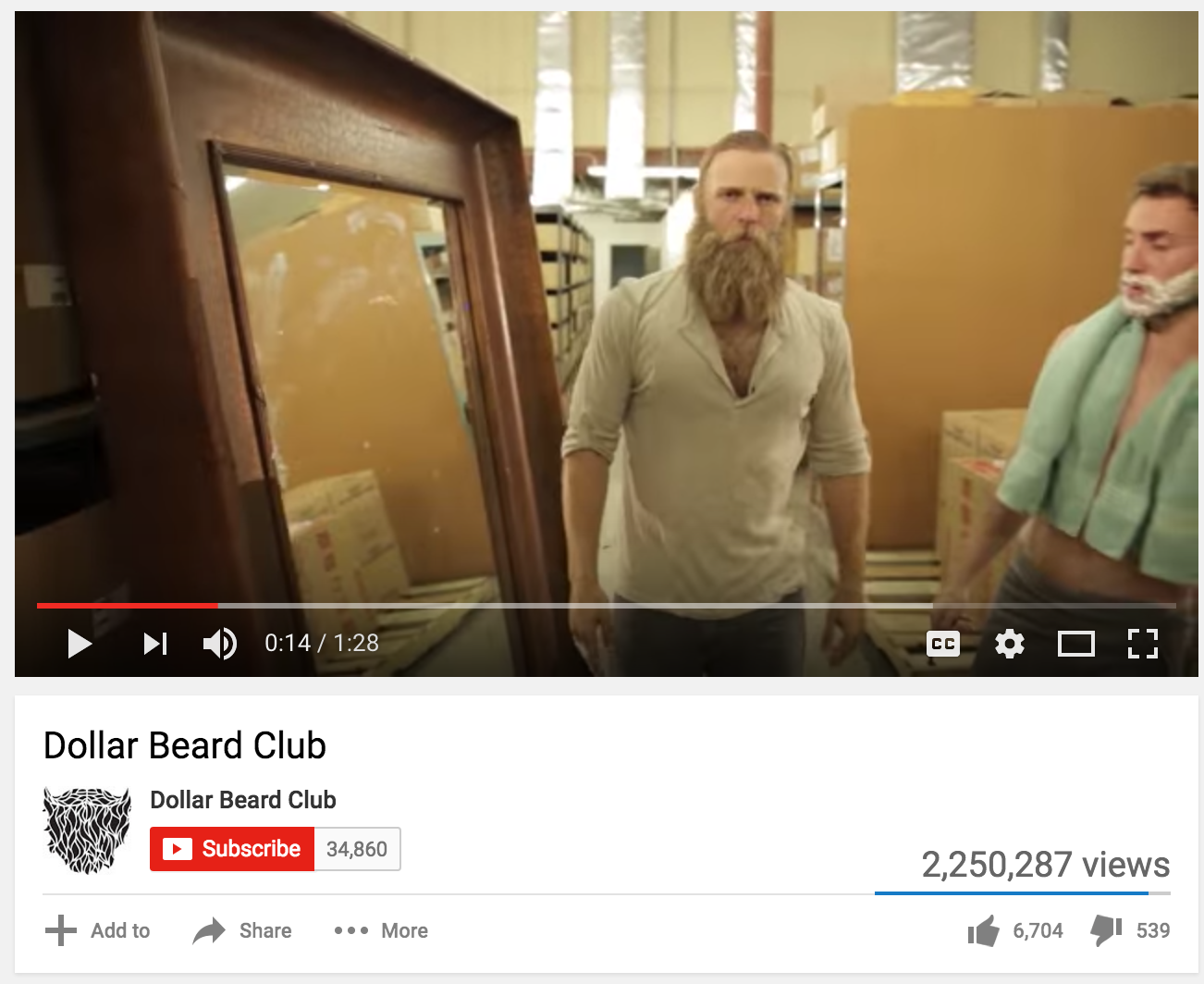

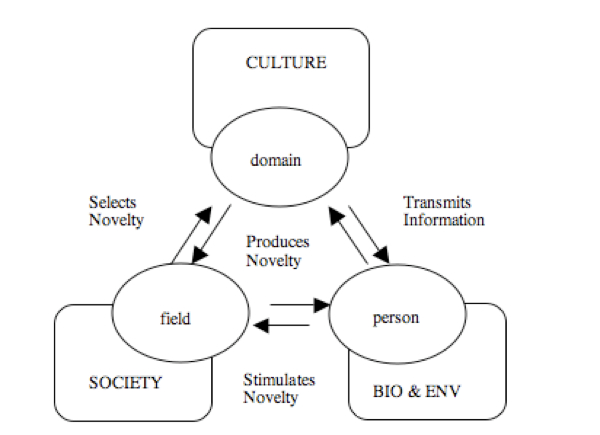
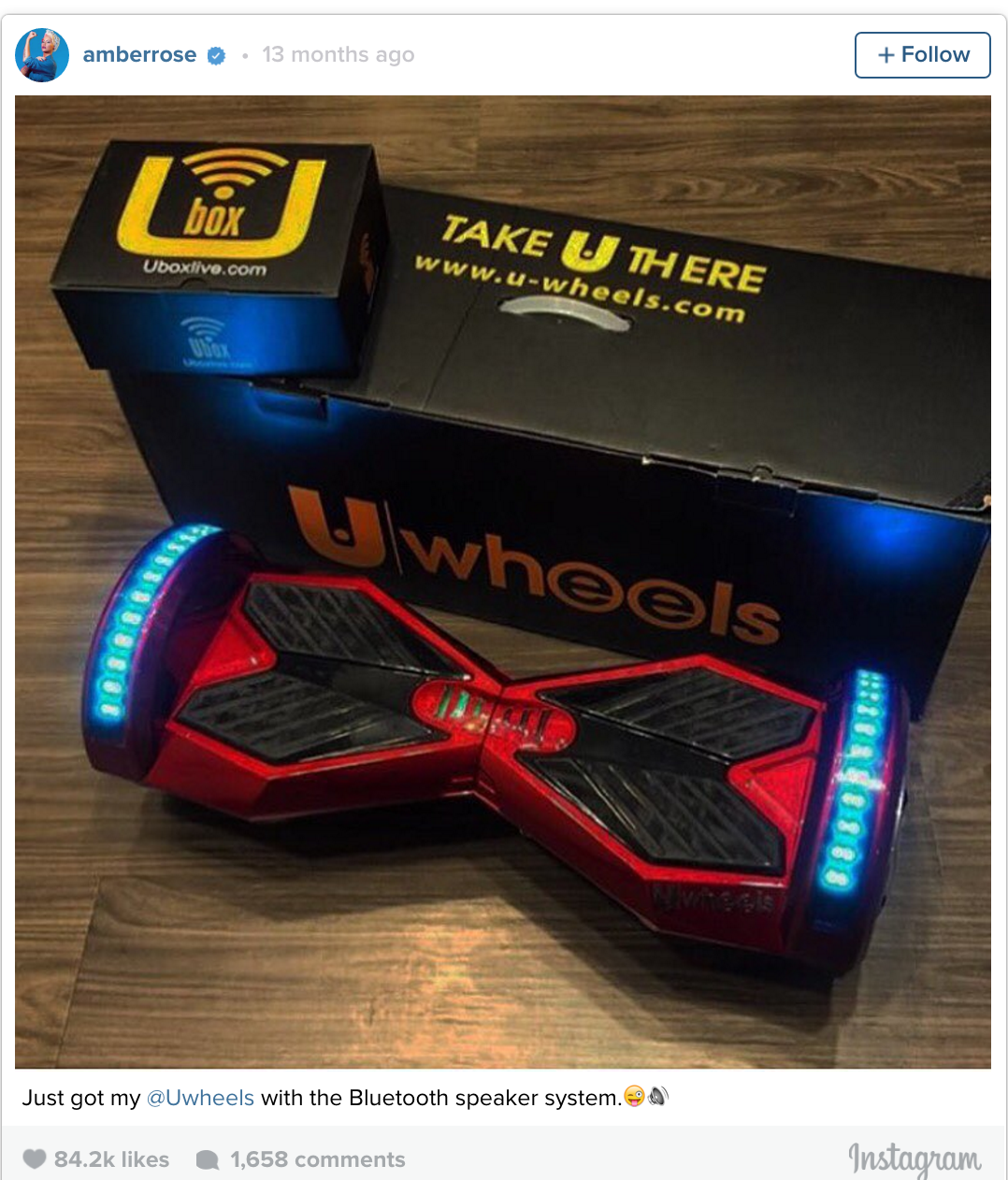


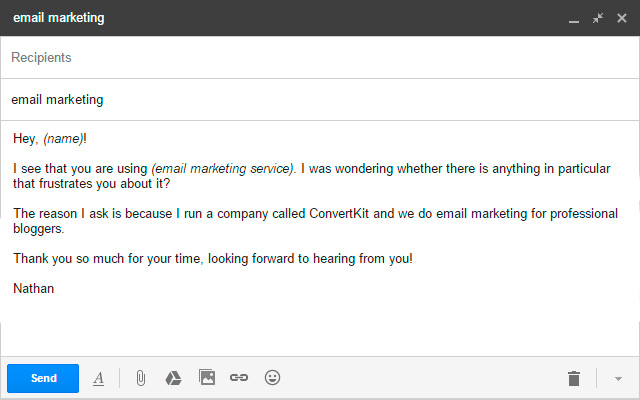
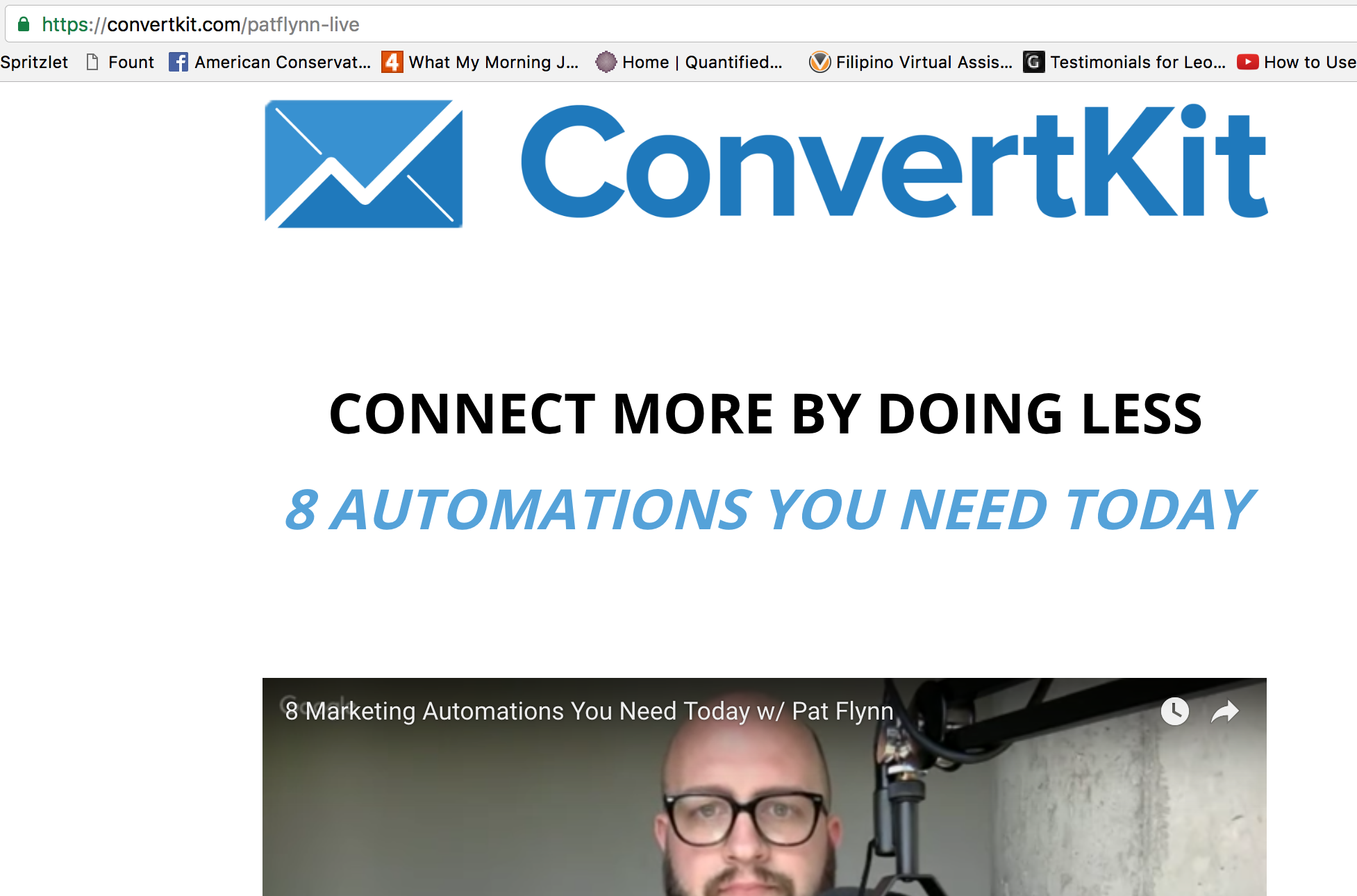
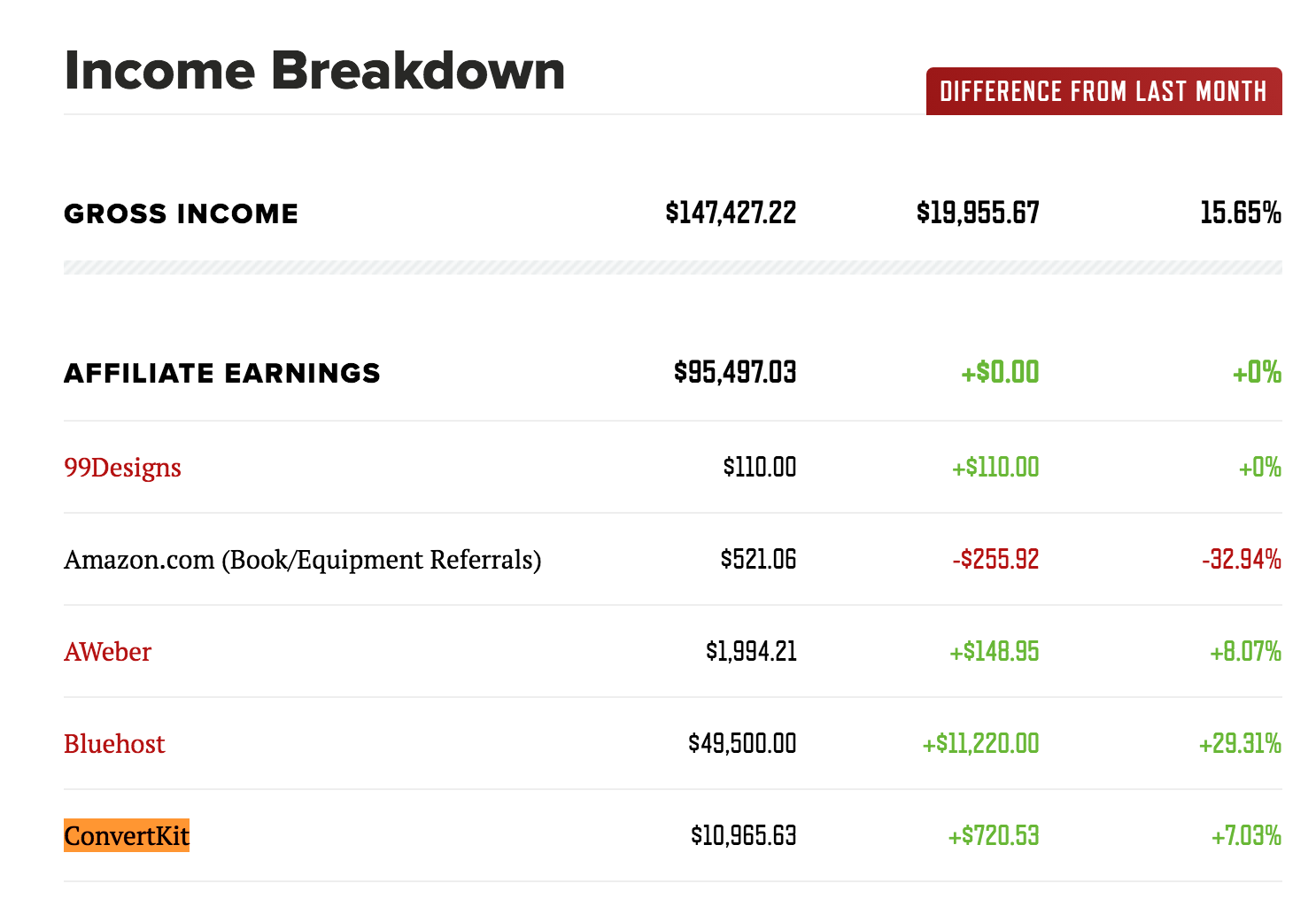
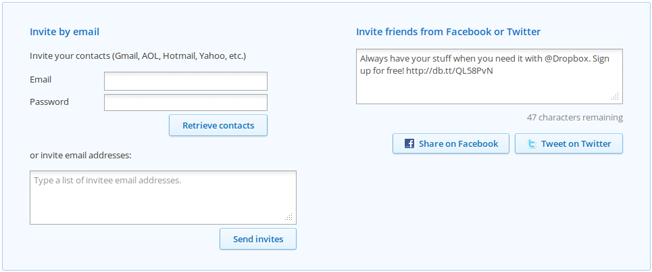

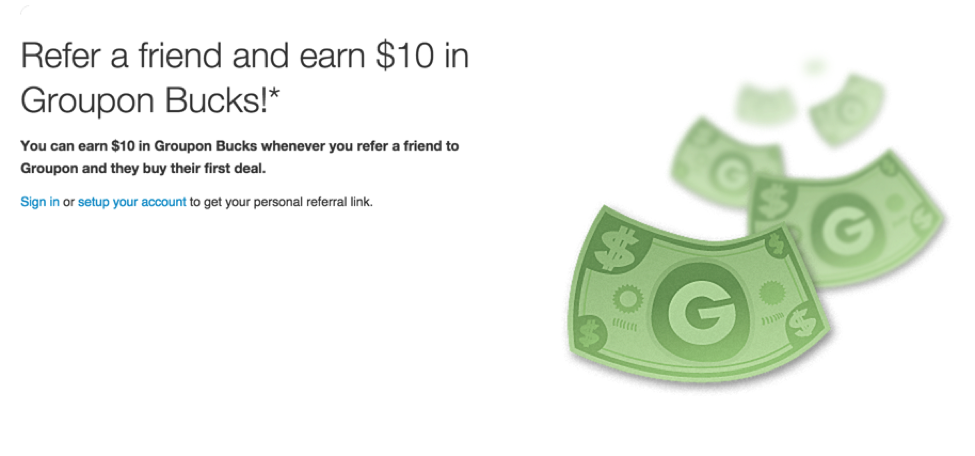

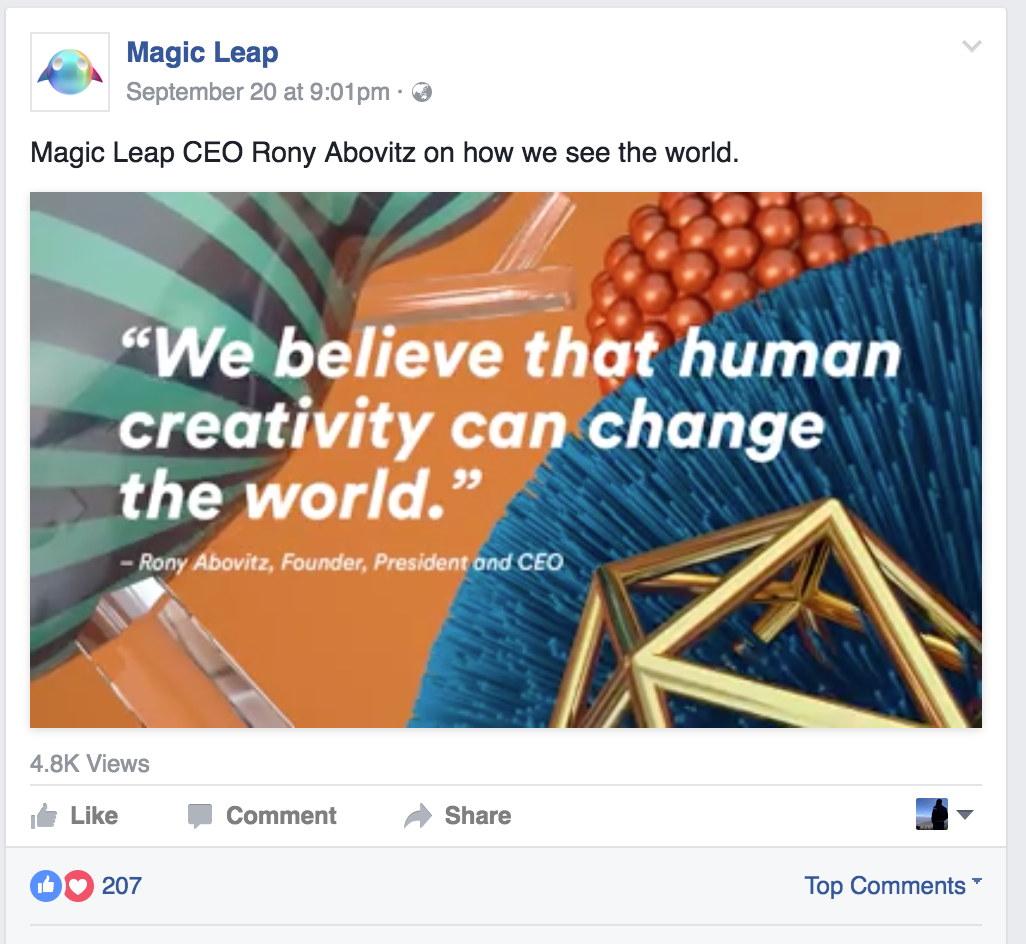
Comments (28)